New Delhi | India’s latest GST reforms, implemented on September 22, have significantly impacted consumer spending, with festive sales soaring and digital transactions multiplying overnight. According to government data, of 54 essential items being monitored for price reductions, 30 became cheaper than expected, while 24 showed less-than-anticipated relief.
The tax cuts—ranging from 28% to 18% on five items and a drop to 5% on 43 others—have played a major role in this festive shopping surge. Six products have even become completely tax-free under the revised GST framework.
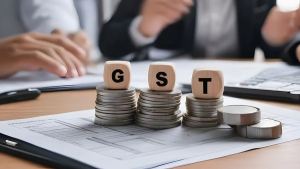 Shopping Up 25%, Business to Cross ₹7 Lakh Crore
Shopping Up 25%, Business to Cross ₹7 Lakh Crore
The ongoing festive and wedding season has recorded a 25% increase in consumer spending compared to last year. Officials estimate the total business activity to surpass ₹7 lakh crore, making this one of the biggest consumer spending seasons in decades.
The government projects that by the end of FY 2025–26, India’s consumption could grow by an additional ₹20 lakh crore, marking a record 10% year-on-year increase.
Digital Payments Surge Overnight
Driven by the rush to benefit from GST cuts, digital payments experienced an extraordinary rise: from ₹1.18 lakh crore on September 21 to ₹11.31 lakh crore on September 22—a nearly tenfold increase overnight.
Products with Higher-Than-Expected Price Drops
Among the goods that saw significant price relief:
Condensed milk
Cheese
Dry fruits
Bottled water
Soya milk
Tomato ketchup
Jam
Shampoo
The expected price drop for these items was around 6.25%, but actual reductions ranged from 6.28% to 12.36%.
Items That Offered Less Price Relief
Some goods failed to meet expectations in price reductions:
Ghee
Butter
Packed milk
Chocolate
Biscuits
Corn flakes
Toilet soap
Ice cream
For example, chocolate, expected to be cheaper by over 11%, saw only a 4.04% decrease.
The government compared projected price drops based on revised GST rates to actual retail pricing to measure effectiveness.
Auto and Electronics Break Sales Records
The festive season also brought a boom in automobile and consumer electronics sales:
Maruti Suzuki doubled its sales over last year, selling 1.65 lakh cars in just 8 days, breaking a 35-year record.
Mahindra’s SUV sales surged by 60%.
Tata Motors sold over 50,000 vehicles at retail level.
Hyundai SUVs (Creta, Venue) accounted for 72% of the brand’s total SUV sales.
Two-wheeler giants Hero MotoCorp and Bajaj Auto saw customer traffic double.
Consumer durable sales rose by 40–45%, with Reliance Retail reporting a 25% year-on-year growth.
Electronics brand Haier witnessed an 85% sales jump.
Government Backs Reforms with Positive Economic Signals
At the “GST Savings Festival” in Delhi, Finance Minister Nirmala Sitharaman, Commerce Minister Piyush Goyal, and IT Minister Ashwini Vaishnaw jointly addressed the media.
Sitharaman confirmed that the government is monitoring 54 essential items to ensure price reductions are being passed to consumers. She stated that prices of 375 products have come down, including toothpaste, shampoo, TVs, and cars, noting that 99% of daily-use items are now more affordable.
Piyush Goyal reported that GST reforms and infrastructure investments have accelerated India’s economic momentum. In the first half of FY 2025–26, total exports rose 5% to $413.3 billion, while merchandise exports grew 3% to $220.12 billion.
Ashwini Vaishnaw highlighted a 20–25% increase in electronics sales, adding that the electronics manufacturing sector now directly employs 2.5 million people.
“These figures clearly show that the Indian economy is moving in the right direction,” said Vaishnaw.
Conclusion
The recent GST reforms have not only brought price relief but have also injected fresh momentum into India’s economy. From booming digital payments to record-breaking auto and electronics sales, the impact is visible across sectors. With continued monitoring and implementation, the government expects long-term gains in both domestic consumption and exports.

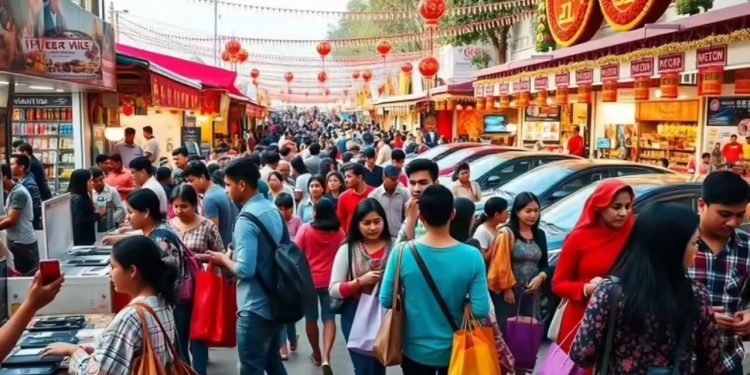
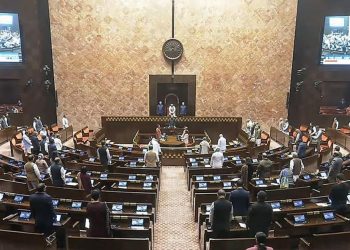
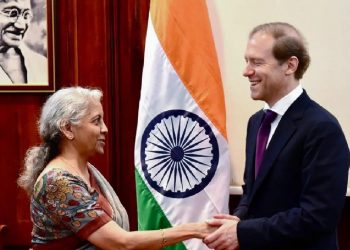

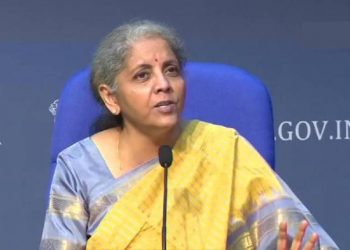
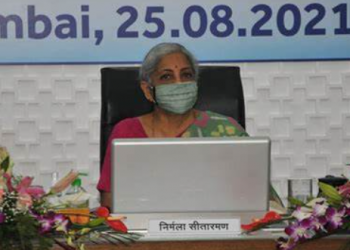
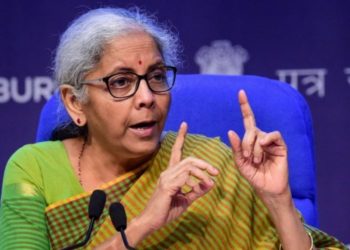


Discussion about this post